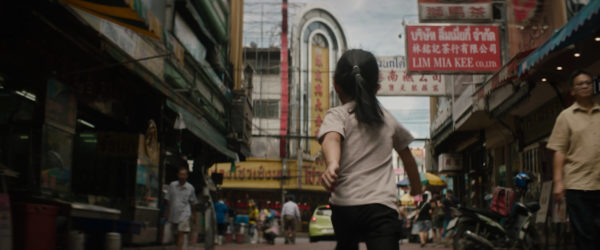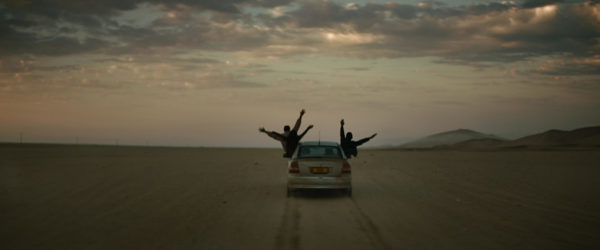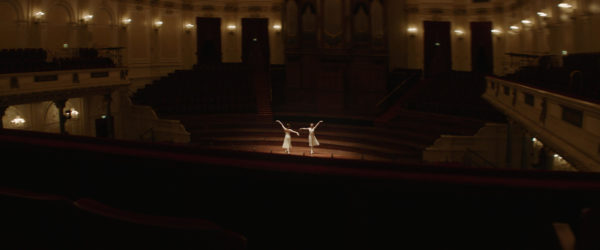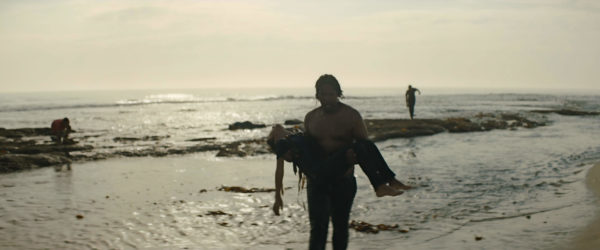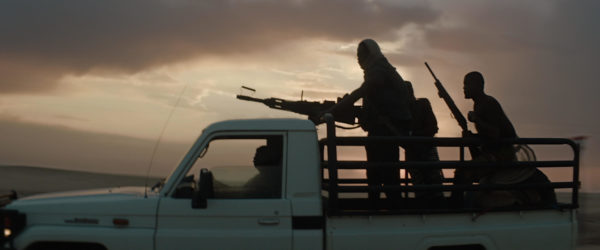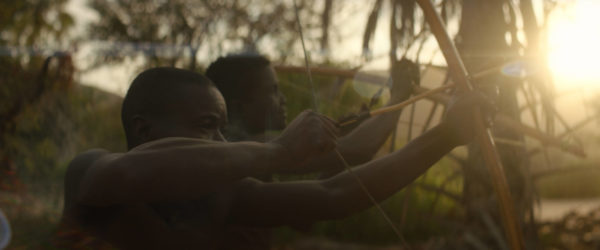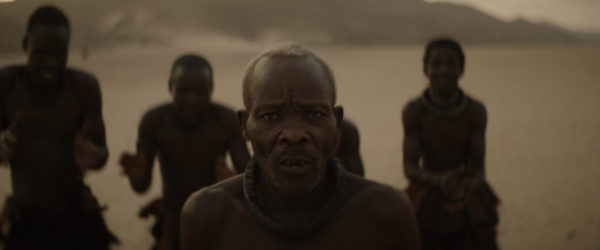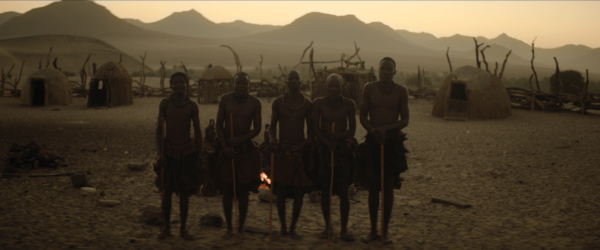Behind the Scenes
The Ride: Behind the Production of Ben Brand’s RE-ENTRY
In filmmaking, we’re at the mercy of our ideas, for better or worse. At some point, we’re focused to give up control and let the project take the driver’s seat. The sooner we realize it, the better. For Ben Brand, the writer/director of RE-ENTRY, he was along for the ride throughout the entire process. He had to wait for the film to come to him.
“When you have a great idea, there’s a new filter added to the back of your brain, one that’s waiting for this new connection to appear at some point where it can continue again,” Ben told us.
It took time. It took years, in fact. The film is a perfect representation of the time needed to make that connection. Ben’s ideas evolved over time, he scratched multiple versions, and ultimately landed on something simple, big, small, and profound—just like the short story it’s based on.
”“...that's also what the story conveys, putting aside all our differences. We're all connected, and we're all the same. It was really beautiful to see that during the making of the film. I felt it.”
Ben Brand
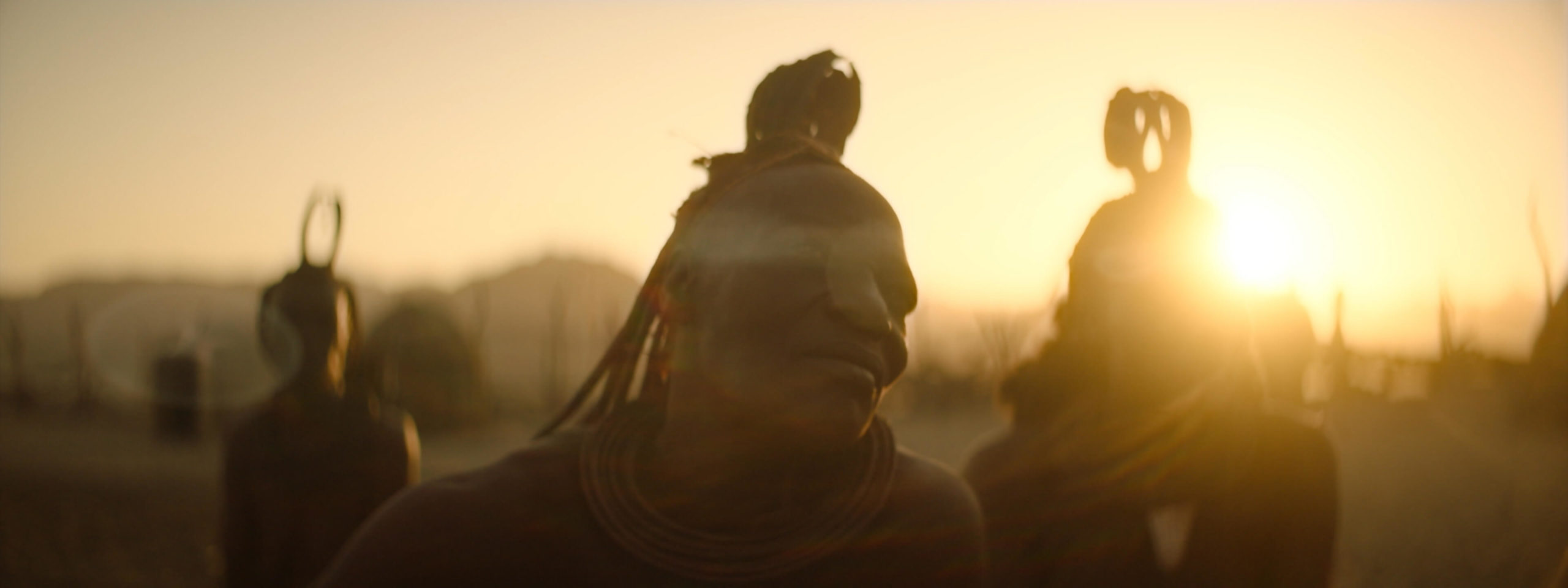
Filmsupply: Do you remember the first time you read The Egg?
Ben Brand: I don’t remember it specifically. It’s been about seven years ago since I found it somewhere on the internet. But, it really connected to me in a way that I view the world and view humanity. There was such love in the text and something for everyone, this connectedness that really gave me goosebumps. My first inclination, before the film, was just to read it to people.
Every time I read it, I went into a deeper conversation with someone. I tried to convey the story as well as I could. With a lot of people, it had the same effect on them as it had on me, and it still has an effect on me even reading it myself. At some point, I felt like this is the perfect material to make a film about.
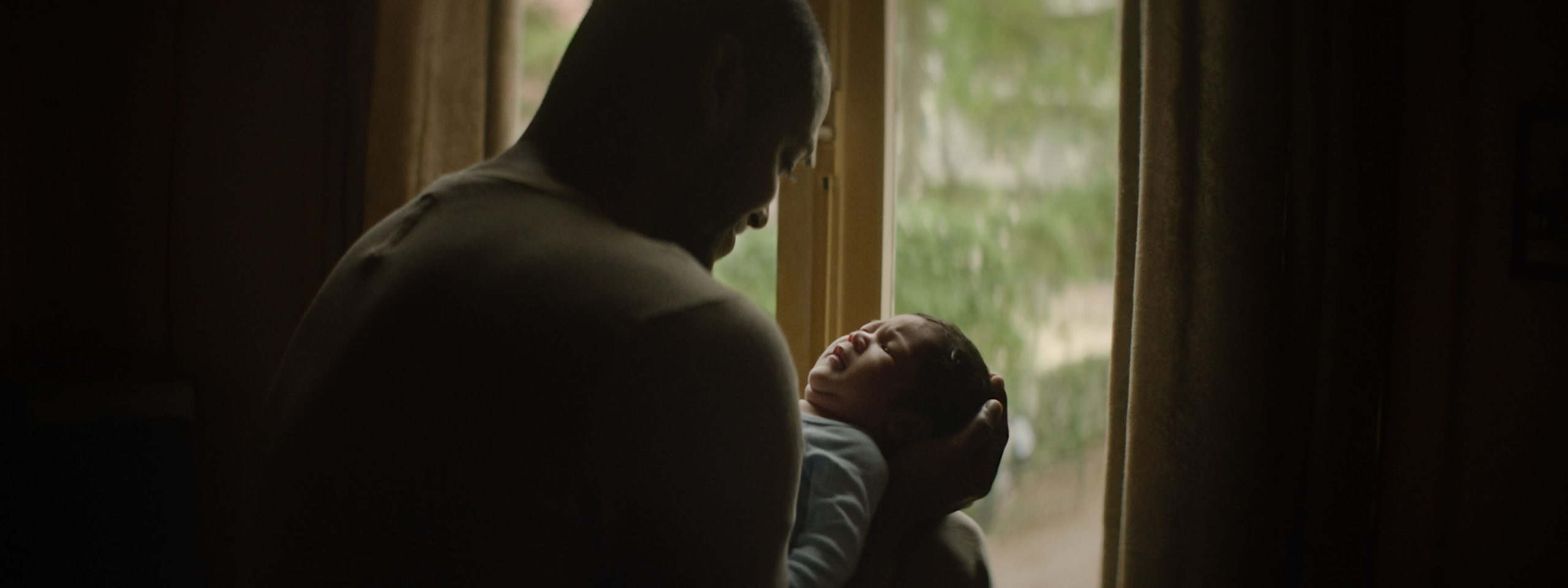
What about it made you want to take it further?
The text is so strong, so well written. It’s also complicated, but it looks simple. I think that’s the strongest part of the text. It’s just two people in a room, essentially, just walking and talking. And for the written story, that’s perfect because you can imagine the rest for yourself or disappear in the text. But, as a filmmaker, we know Morgan Freeman as God. The white room. We know all these clichés in a way. So I think that kept me away for a while from it.
At some point, I decided to give it a shot. I emailed Andy Weir, the writer, and lo and behold, within a half-hour, I got a reaction from him on my email like, “Oh yeah, you can use it if you want.” I started writing and it took me three to four years. Every year, we had this short film competition in Holland, and just before the deadline, I’d decide it wasn’t good enough. It wasn’t exactly what I had in mind or, not even in my mind, but what I felt. It didn’t really express the whole length of the emotion that I felt.
Every year I threw it away again and again and again until one day, I heard this voice over. It was Johnny Bang Reilly, this voice-over artist from the UK. When I heard his voice, it was so different from Morgan Freeman’s voice. He had more like a street voice, more vulnerable, and that really triggered me. He sent me a recording of the text. I went to Germany for a film festival and I had it on my earphones for a week. Listening to it, it had such a different effect on me. I felt I could start writing and I started feeling different things.
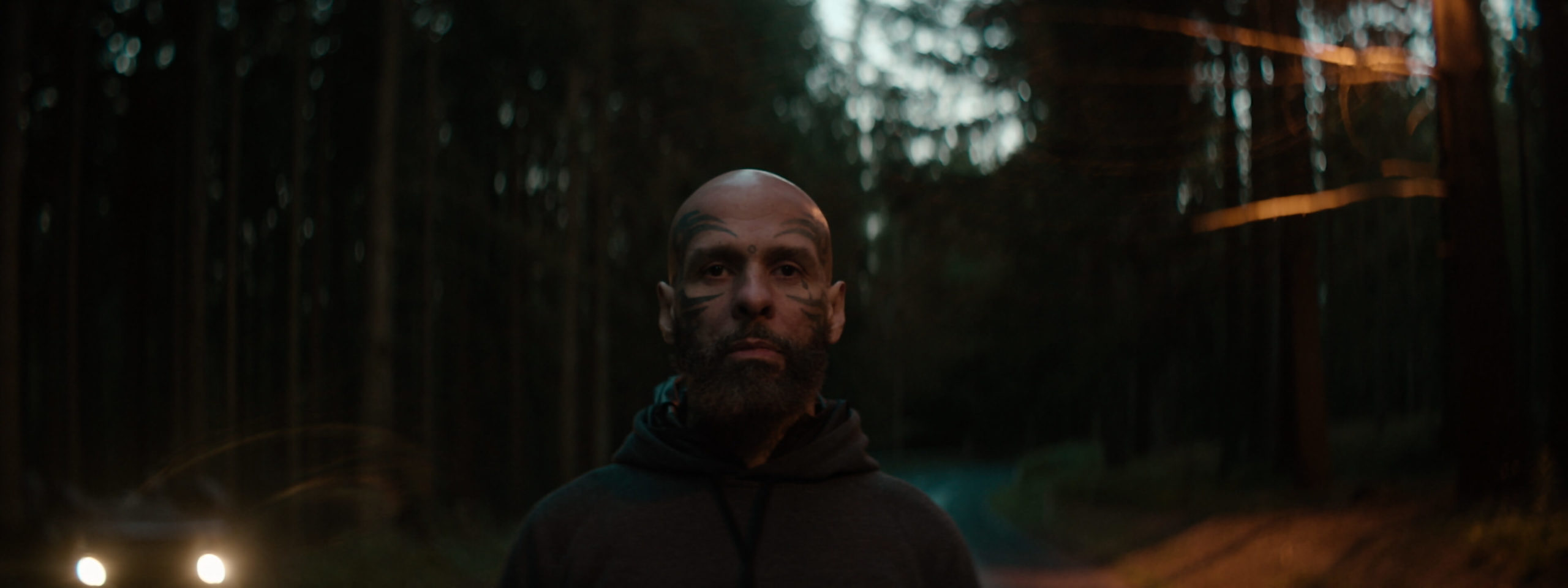
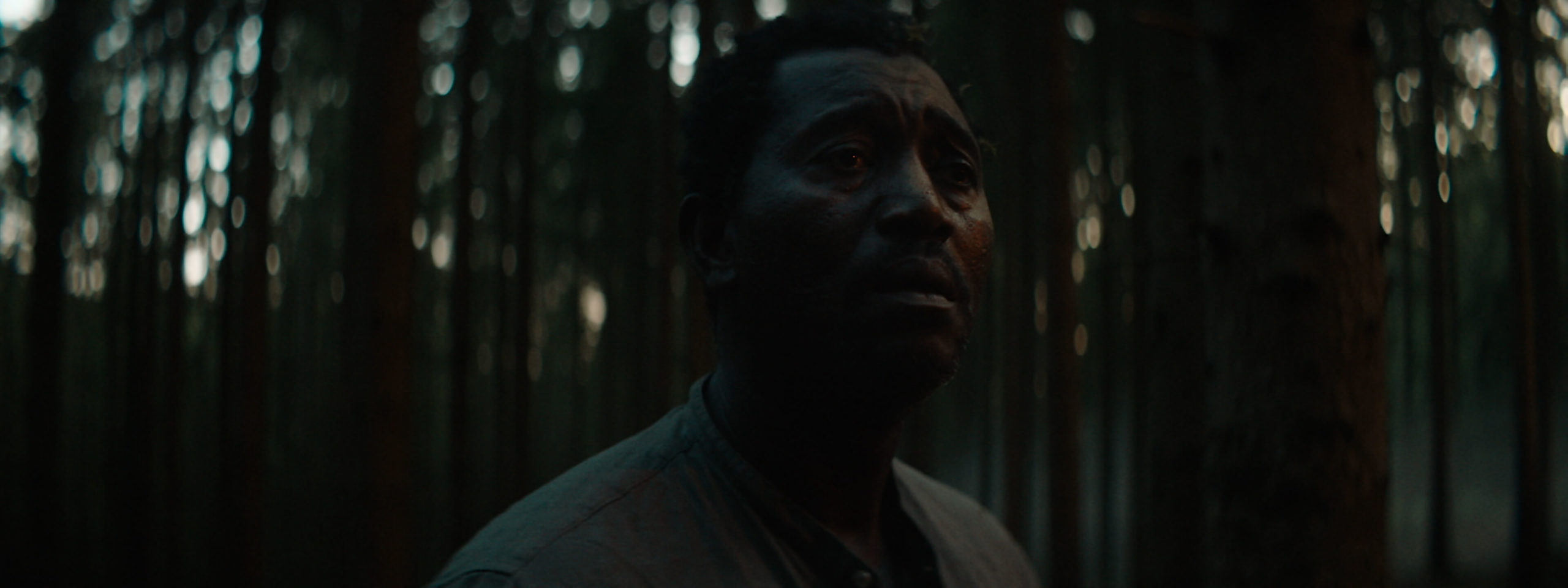
Do you think the simple act of waiting so long helped the final film?
It’s funny you ask that. I talked to a script supervisor about a new feature film that I have an idea for, then I said at the end, “I’m still looking for the right structure to tell the story.” And I said, “Maybe then in four years it’ll happen because I’m not sure right now.” With this short, I felt the same way. I hate it because I want it now [laughs]. You feel the potential, and you’re always afraid that someone else will make something about it. But you have to give it the time and subconsciously you need to stay open, in a way.
There’s an element of trust, too. You have to trust your brain to work it out over time.
Yeah. When you have a great idea, there’s a new filter added to the back of your brain, one that’s waiting for this new connection to appear at some point where it can continue again.

What was it about the earlier ideas you had that wasn’t working?
I had one version where it was a conversation between a child in the hospital, where maybe he was going to die. This doctor was coming in and there was this vagueness, is he dead already or not? There was one script I wrote with a Chinese man working on a big office floor, and then there was this computer, this supercomputer that started talking to him.
I don’t know what it was, but I was looking for something out of the ordinary to have this vulnerable conversation. That was the hardest part of this film and my biggest doubt during production because something you learn in film school is to keep it small. Choose a universal story, tell it in one scene or in one room in five minutes or in 10 minutes. With the final idea, I was doing the opposite in a way because I was going all over the world and doing everything, trying to fit it in this small timeframe.
I wanted to keep it small, but I had to let go of that eventually. Maybe it shouldn’t be that small between two people, and maybe I have to let go of the location and travel in a way to different places to really also experience them. There were already a couple of short film versions of The Egg online and they were all more or less like two people who were just talking to each other.
For me, as a film director, it’s the most important to keep the emotion and to convey the emotion that I felt when I first read the story. So, that’s why I decided to expand it. Every time that I read it to people, I hope they get those goosebumps too.
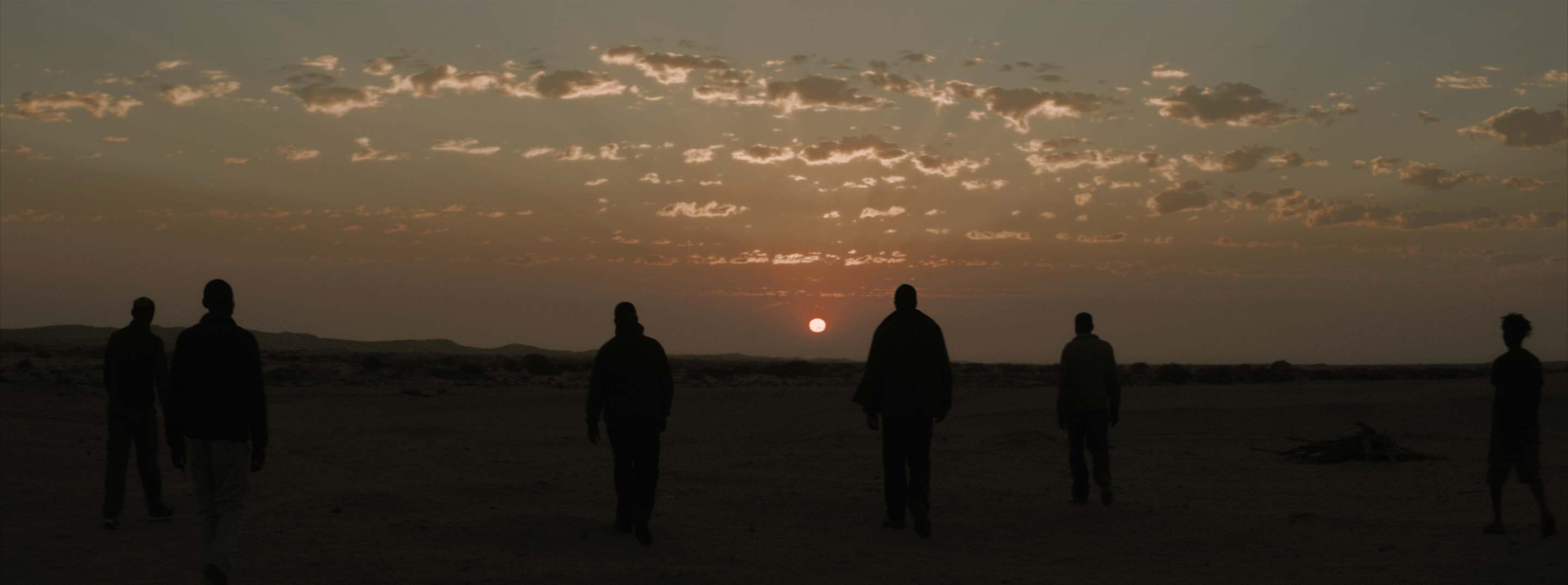
Once you had the final concept, did the pieces fit together more quickly?
It went really fast when I decided to expand the idea. Within two weeks, I had the whole idea. It was important to shoot it all myself, to not use stock material, and to get rid of any randomness. For me, it’s important that people know that I decided to make this film on location, not using any supplemental footage.
At the premiere in Holland, I heard people say, “Oh, how did you do that? You used a lot of stock material probably.” It was all thought of. Every shot is there. At least 95 percent of the shots are there because they were planned to be there. For me, it was very important to not have this randomness of nice shots, but to get a sense of connectedness and to feel that it was really designed to be at that specific place in the film.
To get those shots, did it come down to storyboarding?
Yeah, I storyboarded the whole film myself by Photoshopping or finding frames I could compare to. There was only a $70,000 budget for what we were planning to do. Everyone had to work for free, but we still had to pay for all the local productions in every country and the actors. So, I knew we were on a limited budget and I had to make sure that I knew exactly what I needed from each place. We were working light, just the DP and me.
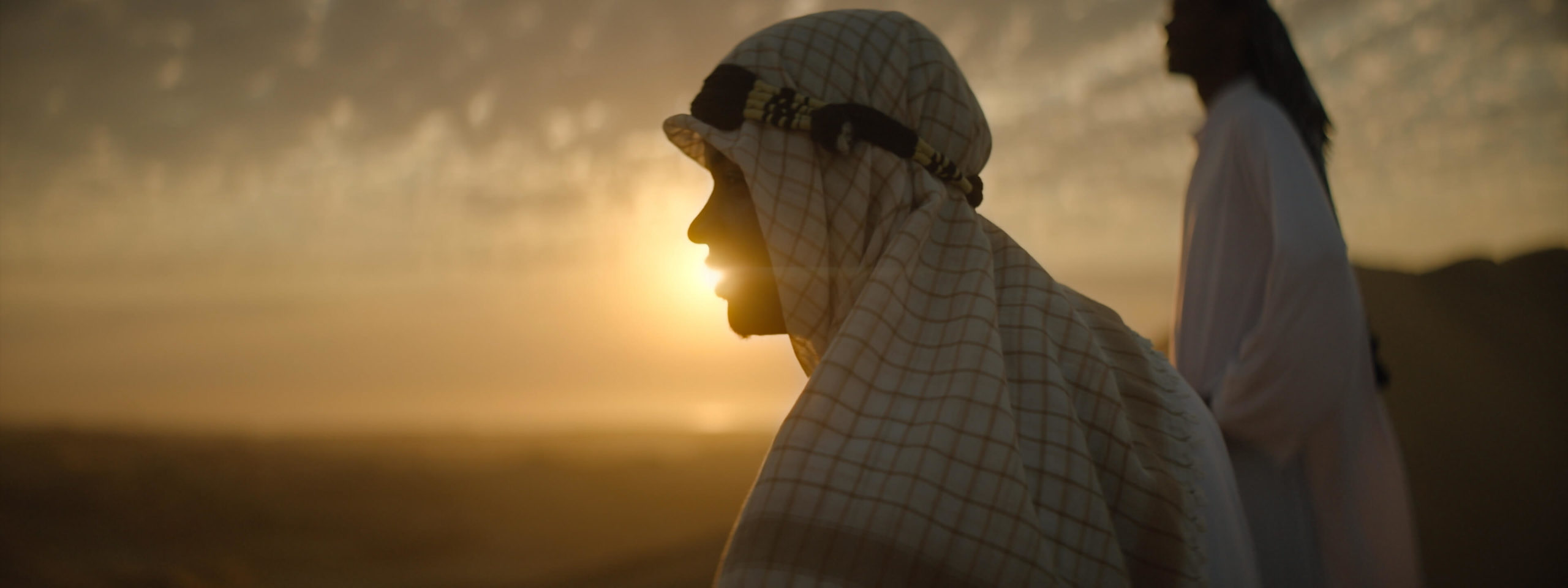
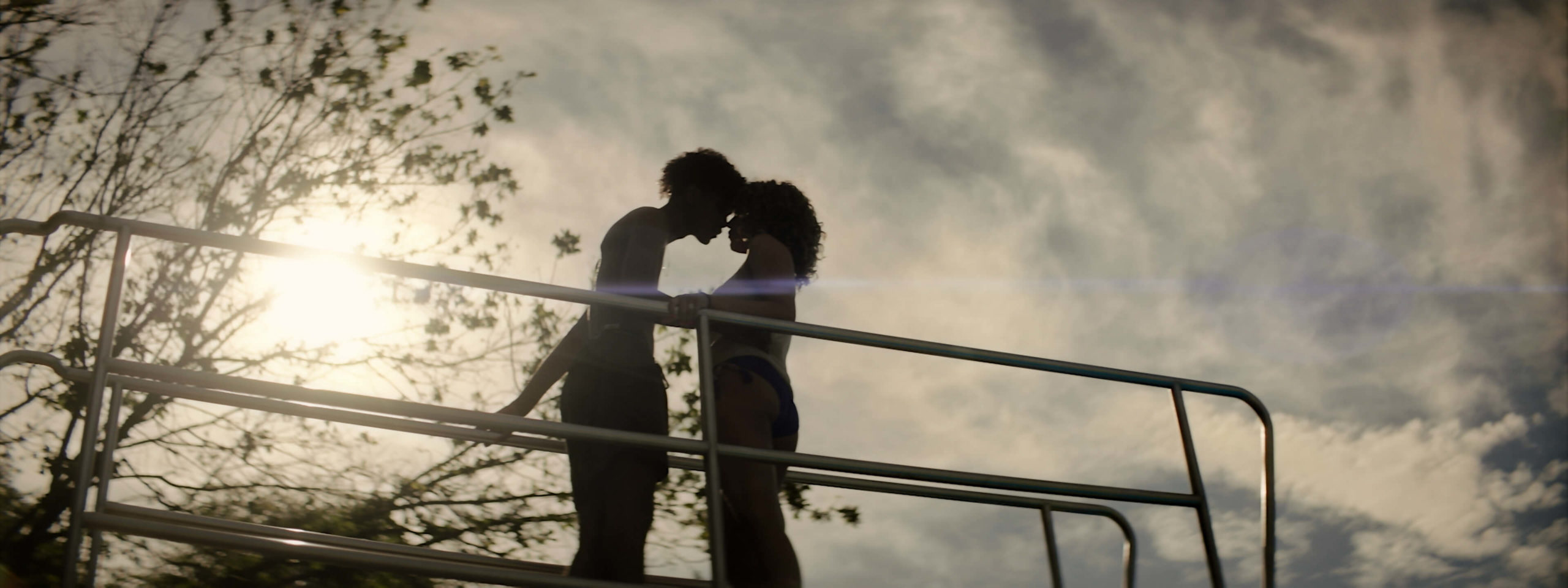
What were your shooting locations?
We went to Namibia, Thailand, Bangkok and also the jungle in the middle of nowhere also. We went to Iraq to Mosul. That was quite a thing. I had this one image in my mind of the total destruction of humanity, the nastiness of what we humans do to each other. I came across this photo online of this man sitting in between the rubble of this destroyed village or city. And to me, that was the image, of pure misery, that we destroy beautiful things.
So we talked about could we recreate this somewhere, but eventually, we decided to just go to Iraq. We met two documentary filmmakers from Holland. They already shot there, so they got us in touch with a fixer. I talked to my DP and asked if he’d be willing to go. I don’t think he really thought about it that much because, though, because when we were on the plane, literally closing the door and driving away from the gate, he took his phone and he was googling the place where we were going. The maps were yellow, orange, red, and black in terms of danger. We had to go to the black spot. He freaked out at that moment.
I texted the producer and she texted the fixer and the fixer said, “Oh yeah, it’s not dangerous, but it’s also not a hundred percent safe.” They said we could rent two armored cars and two guys with AK47s. I was looking at my cameraman, thinking this guy is never going to do anything if I don’t do this. I was paying for this trip personally. So it’s like, “Okay, how much is it? $600. All right, do it.”
Worth every penny?
Yeah, it was worth it. We got there with the convoy, we went through some checks with guys in those masks and also with heavy guns. We arrived in the city and it was totally destroyed. There were literally bomb vests lying around, with blood still on the floor, human bones, and other guns and ammunition. It was really crazy.
Why not choose easier areas to access?
I was looking for authenticity. I think that was the biggest criteria. Of course, you want to feel the balance of people. So like Africa, Europe, Asia, could be a representative for the world or to feel representative for the world, in a way. Within those countries, we went to look for original places that I hadn’t seen before and that really conveyed a certain amount of authenticity.
For me, what was really special about this short, relatively fast trip around the world and meeting all those totally different people and different religions and different backgrounds. They’re all the same, in a way. It doesn’t matter where you come from. And I don’t know, that’s also what the story conveys, putting aside all our differences. We’re all connected, and we’re all the same. It was really beautiful to see that during the making of the film. I felt it.

